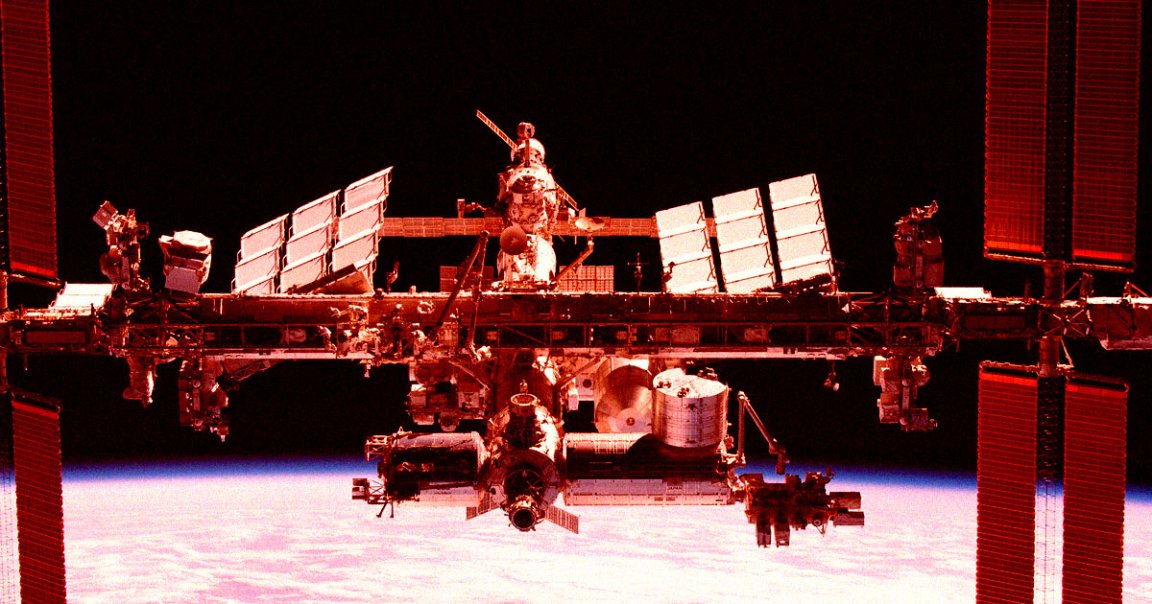
Pulling Out
NASA recently announced that it had awarded SpaceX an almost $1 billion contract to develop a “US Deorbit Vehicle” designed to destroy the International Space Station by pulling it down into the Earth’s atmosphere.
But that’s far easier said than done. The procedure, which would put an end to decades of peaceful international cooperation in space around 2030, could take anywhere from 12 to 18 months as it “drifts down” from its conventional orbit, as ISS program manager Dana Weigel explained during a briefing on Wednesday.
“We’ll leave the crew on board as long as possible, so they’re available to help maintain the station and keep it healthy,” she added. “Our plan is for [the crew] to leave about six months before the final reentry, as ISS reaches about 220 kilometers.”
That’s roughly half of the space station’s average altitude as it circles the Earth.
“Then, at the right time, it’ll perform a complex series of actions… over several days to deorbit the ISS,” she explained.
Fierce Dragon
NASA is “leveraging SpaceX’s rich flight history” to develop a spacecraft capable of acting as a massive space tug to pull the behemoth 925,000-pound construction out of its orbit.
The agency wants to beef up SpaceX’s Dragon cargo spacecraft “with an enhanced trunk section that will host propellant tanks, engines, avionics, power generation, and thermal hardware tailored to complete this mission,” Weigel said.
While NASA has yet to settle on a landing place for what remains of the station once it burns through the Earth’s atmosphere, the agency is considering the South Pacific Ocean thanks to its very large footprint.
The agency admitted that there are still some variables in terms of how long it would take to destroy the ISS.
“I’d say the normal plan or end of life at the end of 2030 means we’d splash in the ocean in January of 2031,” Weigel explained. Thanks to the unpredictability of the solar cycle, an 11-year pattern of solar weather that could pose a threat to satellites and spacecraft, NASA is expecting to launch the deorbit vehicle a “year and a half before” the deorbit burns to give itself enough breathing room.
When asked if NASA is considering fishing out the remains of the space station “that could potentially make their way to a museum,” NASA’s VP of space operations Ken Bowersox agreed that it’s a “pretty good idea.”
However, “I think there’s going to be very little left based on our analysis when it hits the ocean,” he added. “But it would probably be a good idea to go out there and take a look and just make sure when the time comes.”
More on the ISS: Former Space Agency Leaders Horrified by Plan to Destroy Space Station, Say It Would Be Easier to Save It